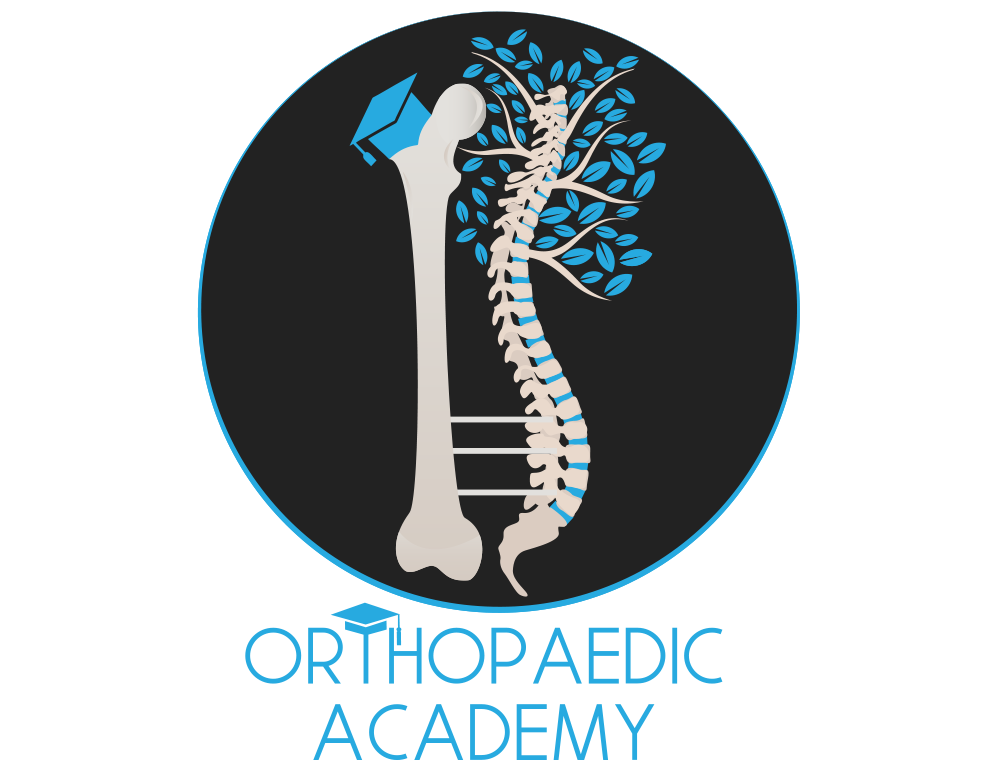- Home
- All Courses
- FRCS Case Studies
Modules
- 19 Sections
- 152 Lessons
- 61 Days
Expand all sectionsCollapse all sections
- Introduction1
- Module 1 - General Advice & Guidance for the FRCS Exam (Complimentary Taster Module)3
- Simulated Scenarios1
- Practice Videos13
- 4.1Basic Sciences (1)34 Minutes
- 4.2Basic Sciences (2)57 Minutes
- 4.3Basic Sciences (3)17 Minutes
- 4.4Basic Sciences (4)26 Minutes
- 4.5Basic Sciences (5)32 Minutes
- 4.6Basic Sciences (6)26 Minutes
- 4.7Basic Sciences (7)39 Minutes
- 4.8Basic Sciences (8)67 Minutes
- 4.9Basic Sciences (9)54 Minutes
- 4.10Basic Sciences (10)27 Minutes
- 4.11Basic Sciences (11)37 Minutes
- 4.12Basic Sciences (12)25 Minutes
- 4.13Basic Sciences (13)38 Minutes
- Simulated Scenarios34
- 5.1Free Body Diagram
- 5.2Stress-Strain Curve
- 5.3Implant Manufacturing
- 5.4Stainless Steel , Titanium and Cobalt-Chrom
- 5.5Polyethyline
- 5.6Bone cement
- 5.7Screws
- 5.8Intramedullary Nails
- 5.9External fixator
- 5.10Plates
- 5.11Lubrication
- 5.12Wear
- 5.13Bone Structure
- 5.14Bone Cells
- 5.15Bone Metabolism
- 5.16Fracture Healing
- 5.17Bone Graft
- 5.18Tendons & Ligaments
- 5.19Muscles
- 5.20Nerve Structure
- 5.21Imaging in Orthopaedics
- 5.22Theatre Design
- 5.23Control of Blood Loss
- 5.24Electro-Surgery
- 5.25Venous ThromboEmbolism
- 5.26Surgical Infections
- 5.27Microbiology
- 5.28Skin Grafts & Flaps
- 5.29Orthotics
- 5.30Prosthetics
- 5.31Statistics – Data
- 5.32Statistics – Survival Analysis
- 5.33Statistics – Screening Tests
- 5.34Statistics – Clinical Trials
- Practice Videos10
- Simulated Scenarios10
- Practice Videos6
- Simulated Scenarios8
- Practice Videos6
- Simulated Scenarios9
- Practice Videos7
- Simulated Scenarios9
- Upper Limb Clinicals Videos15
- 14.1Upper Limb Clinicals (1)88 Minutes
- 14.2Upper Limb Clinicals (2)67 Minutes
- 14.3Upper Limb Clinicals (3)44 Minutes
- 14.4Upper Limb Clinicals (4)32 Minutes
- 14.5Upper Limb Clinicals (5)22 Minutes
- 14.6Upper Limb Clinicals (6)47 Minutes
- 14.7Upper Limb Clinicals (7)23 Minutes
- 14.8Upper Limb Clinicals (8)23 Minutes
- 14.9Upper Limb Clinicals (9)35 Minutes
- 14.10Upper Limb Clinicals (10)
- 14.11Upper Limb Clinicals (11)
- 14.12Upper Limb Clinicals (12)43 Minutes
- 14.13Upper Limb Clinicals (13)48 Minutes
- 14.14Upper Limb Clinicals (14)22 Minutes
- 14.15Upper Limb Clinicals (15)53 Minutes
- Simulated Scenarios4
- Practice Videos7
- Simulated Scenarios8
- Simulated Scenarios0
- Student Feedback1

